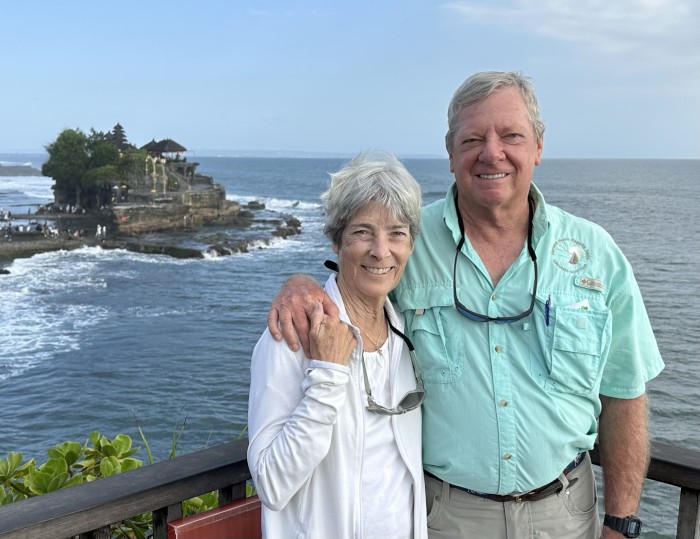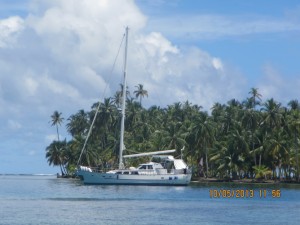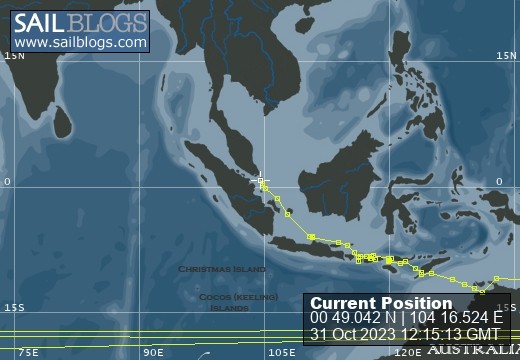
SailBlog
12 September 2023
12 September 2023
13 August 2022 | Liapari Marina
07 May 2017
03 May 2017
03 May 2017
30 April 2017
29 April 2017
28 April 2017
25 April 2017
23 April 2017
22 April 2017
20 April 2017
17 April 2017
16 April 2017
13 April 2017
09 April 2017
07 April 2017
11 November 2016
10 November 2016
Cetacea in Australia
12 September 2023
Tony Wessendorff

In March 2023, we flew back to Cetacea in Port Moresby, Papua New Guinea. We had a bottom job (new paint on the bottom) done in the shipyard. We left PNG in May sailing to Indonesia. Half way there, we had a generator heat exchanger go out, so we ended up sailing to Darwin, Australia, which was the closest place we could get repairs made. We found that we got water in our fuel (in PNG) and it caused other problems as well. We got the engine and generator problems fixed and took off for Indonesia again, only to have more problems. So we boomeranged back to Darwin. We have been in Darwin for almost 4 months now, fixing one thing, only to have another thing break, fixing that thing, only to have something else break. And, each time, it takes weeks to get the parts shipped in. But, we have thoroughly enjoyed our time in Darwin!
Finally, we think we are ready to leave again, scheduled for Friday September 13th, crossing our fingers! We do not keep up with this blog site any longer. We do sporadic email blogs now. If you would like to get on the email blog list, just send me an email (GailCorriganW@gmail.com). But, I will update our position and add at least an annual note on where we are on this blog site.
More Later, much later
G&T
Finally, we think we are ready to leave again, scheduled for Friday September 13th, crossing our fingers! We do not keep up with this blog site any longer. We do sporadic email blogs now. If you would like to get on the email blog list, just send me an email (GailCorriganW@gmail.com). But, I will update our position and add at least an annual note on where we are on this blog site.
More Later, much later
G&T
| Vessel Name: | Cetacea |
| Vessel Make/Model: | Cheoy Lee 53' Motorsailor |
| Hailing Port: | Houston, Texas, USA |
| Crew: | Tony Wessendorff & Gail Corrigan |
| About: | |
| Extra: | P.S. Cetacea is the higher order biological name for whales and dolphins. Whales and dolphins are cetaceans. And our boat is a big fat whale of a boat, hence the name Cetacea! Not to mention that Tony & Gail, like all sailors, love whales. |
Cetacea's Photos - Touring Bonaire
SV-Cetacea

Who: Tony Wessendorff & Gail Corrigan
Port: Houston, Texas, USA
























